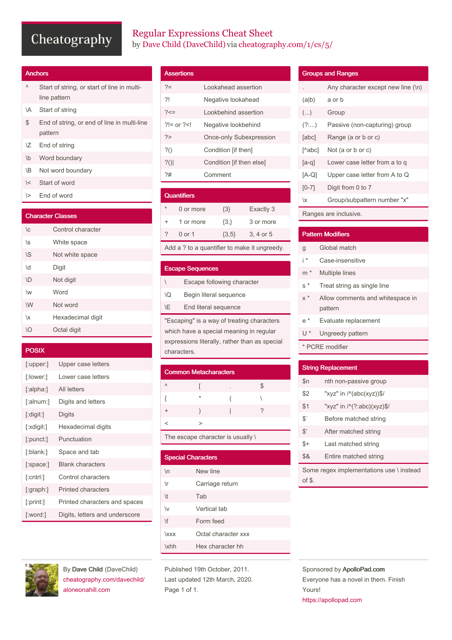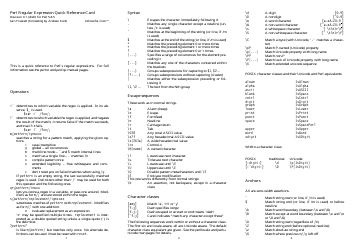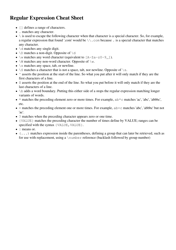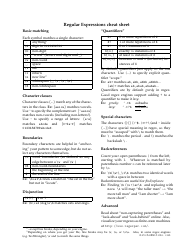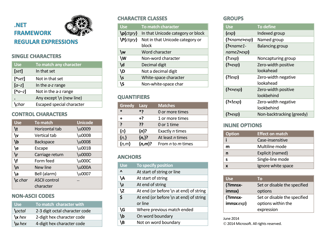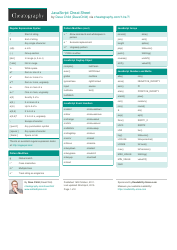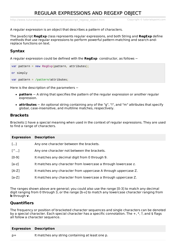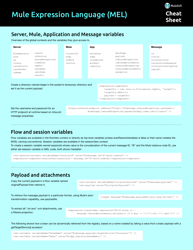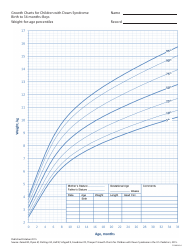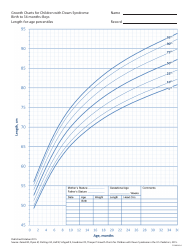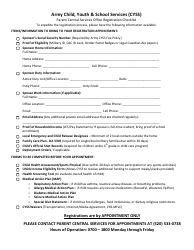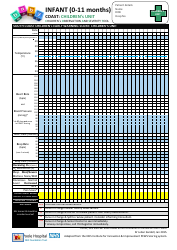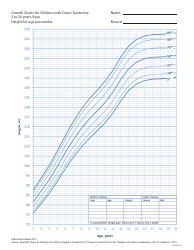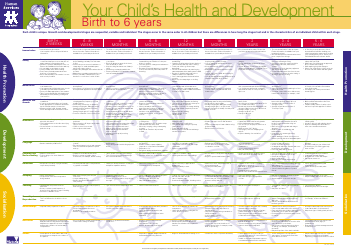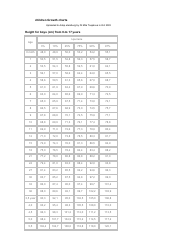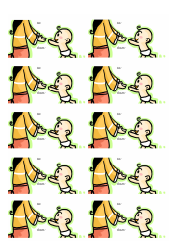Regular Expressions Cheat Sheet - Dave Child
The Regular Expressions Cheat Sheet by Dave Child is a helpful reference guide that provides information and examples on how to use regular expressions in programming and text processing. It is useful for developers and those who work with data manipulation and pattern matching.
FAQ
Q: What is a regular expression?
A: A regular expression is a sequence of characters that forms a search pattern.
Q: What can regular expressions be used for?
A: Regular expressions can be used for pattern matching, text search and manipulation.
Q: What are some basic regular expression patterns?
A: Some basic regular expression patterns include matching characters, character sets, metacharacters, repetition and alternation.
Q: What is a metacharacter in regular expressions?
A: A metacharacter is a character that has a special meaning in a regular expression.
Q: How can repetitions be specified in regular expressions?
A: Repetitions can be specified using metacharacters like *, +, ? and {n, m}.
Q: What is the difference between a greedy and lazy repetition?
A: A greedy repetition matches as much as possible, while a lazy repetition matches as little as possible.
Q: What are some common metacharacters in regular expressions?
A: Some common metacharacters include ., ^, $, *, +, ?, [, ], {, }, (, ), | and .
Q: What is the purpose of character classes in regular expressions?
A: Character classes allow you to match any one of a set of characters.
Q: What does the caret (^) symbol mean in a regular expression?
A: The caret symbol (^) represents the start of a line or string.
Q: What does the dollar sign ($) symbol mean in a regular expression?
A: The dollar sign ($) represents the end of a line or string.
